Galapagos Marine Reserve: Protecting Life
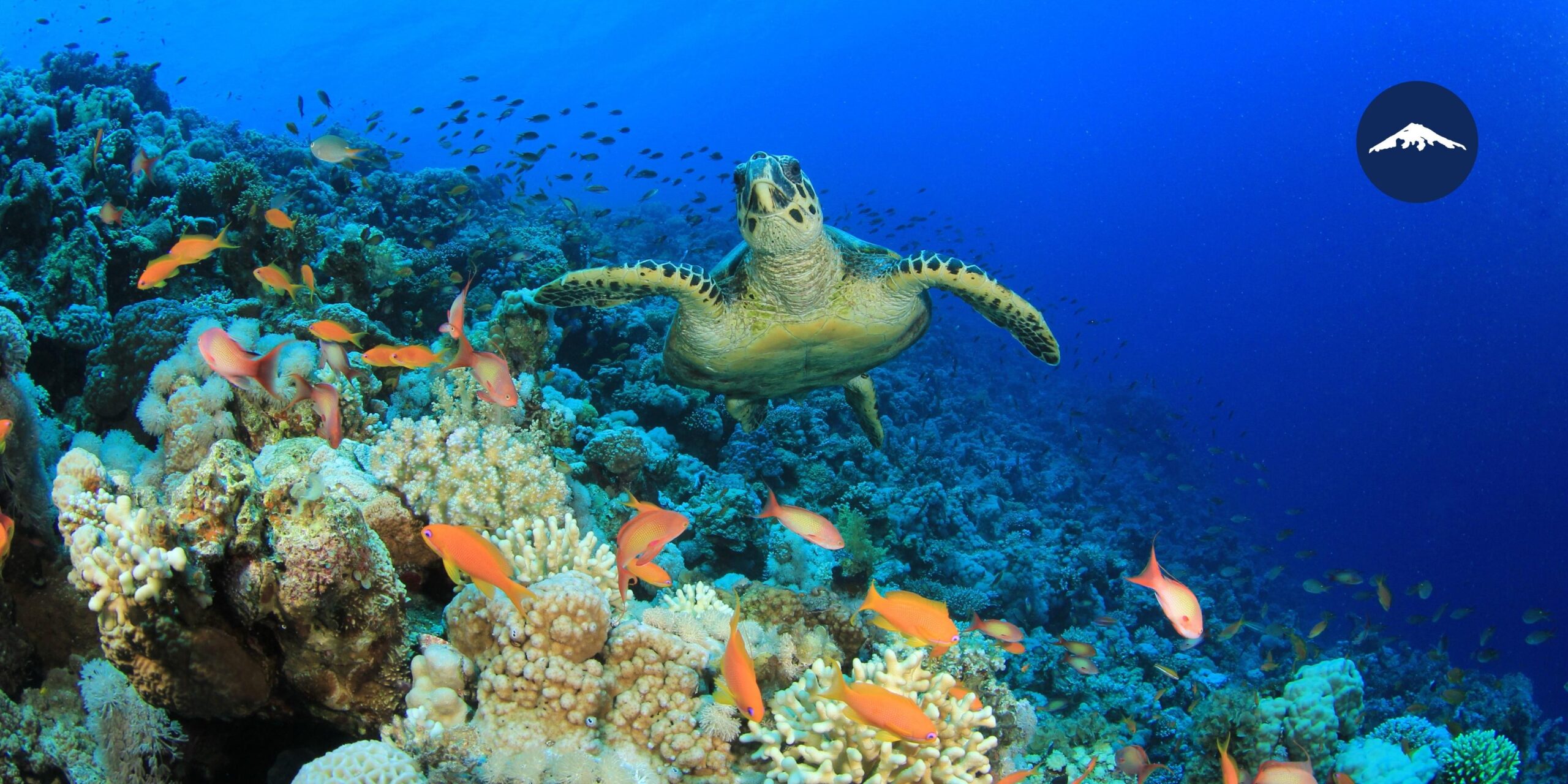
The Galapagos Islands are home to nearly 3,000 marine species. For this reason, the Galapagos Marine Reserve has been protected since 1998 and on January 14, 2022, it was expanded to 198,000 km2 to save its unique biodiversity. Marine creatures such as sea turtles, manta rays, whales, and sharks transit through this space during their migratory routes.
Onboard a scientific vessel from the Galapagos National Park anchored in the bay of Puerto Ayora (capital of Santa Cruz Island), the Ecuadorian president, Guillermo Lasso, signed the decree creating the new “Reserva de la Hermandad”.
The reserve is located northeast of the archipelago and protects the biological corridor between the Galapagos Islands and:
- Cocos Island (Costa Rica)
- Coiba (Panama)
- And Malpelo (Colombia)
The declaration of the new marine reserve establishes an act of responsibility and deep respect towards nature and life. Some of its benefits are that the protected area is expanded to vulnerable or threatened migratory species and the mitigation of the impacts of climate change through a consistent and greater capture of CO2.
Colombian President Iván Duque and former US President Bill Clinton, as well as representatives of the governments of Costa Rica and Panama, attended the event.

Species Found in The Galapagos Marine Reserve
The Galapagos Marine Reserve is the second-largest in the world, which is also why is one of the best underwater diving destinations. Here, you can admire the beauty and delight of marine biodiversity.
Indeed, the protected waters around the Galapagos, the archipelago that inspired Charles Darwin, are home to a wide range of species, such as:
Marine iguanas
The Galapagos marine iguana is a species of iguana found only on the Enchanted Islands. Unique among modern lizards, they mainly live in colonies on rocky shores. Also, it is the only reptilian that can live in water and on land. Marine iguanas are not a very agile species on land, but they are excellent swimmers, moving easily through the water as they feed on algae.
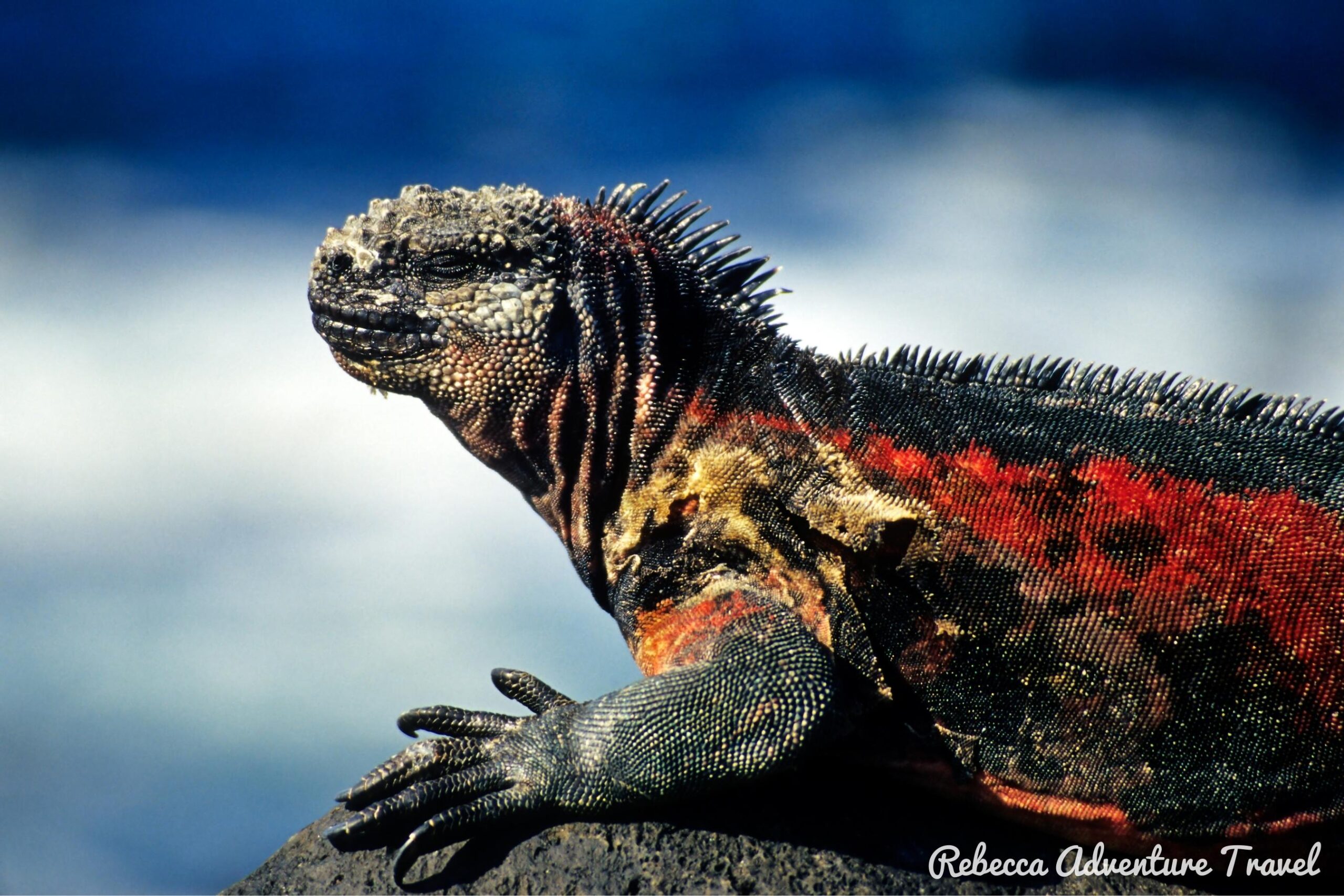
Sea turtles
One of the most frequent visitors to the Galapagos coast is the Green Sea Turtle. They return to the same beach every two or three years to lay their eggs. Consequently, tourists can observe this species while diving in the marine visitor sites of the archipelago.
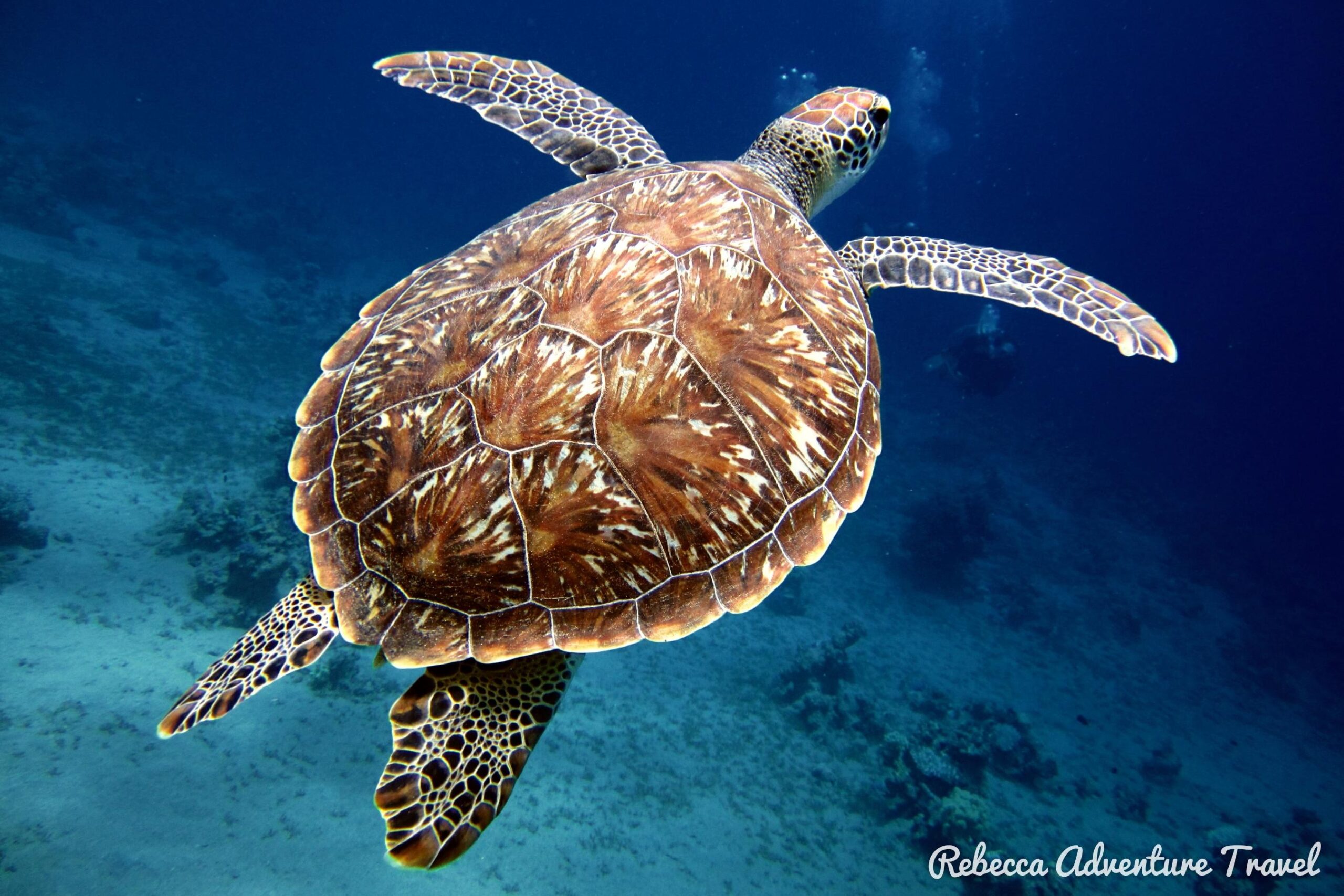
Dolphins
Dolphins swim in groups through the waters of the archipelago. Besides, they feed mainly on small fish, crustaceans, and other small marine animals. On the islands, there are chances of admiring the common dolphin, bottlenose dolphin, Risso’s dolphin, among other species.
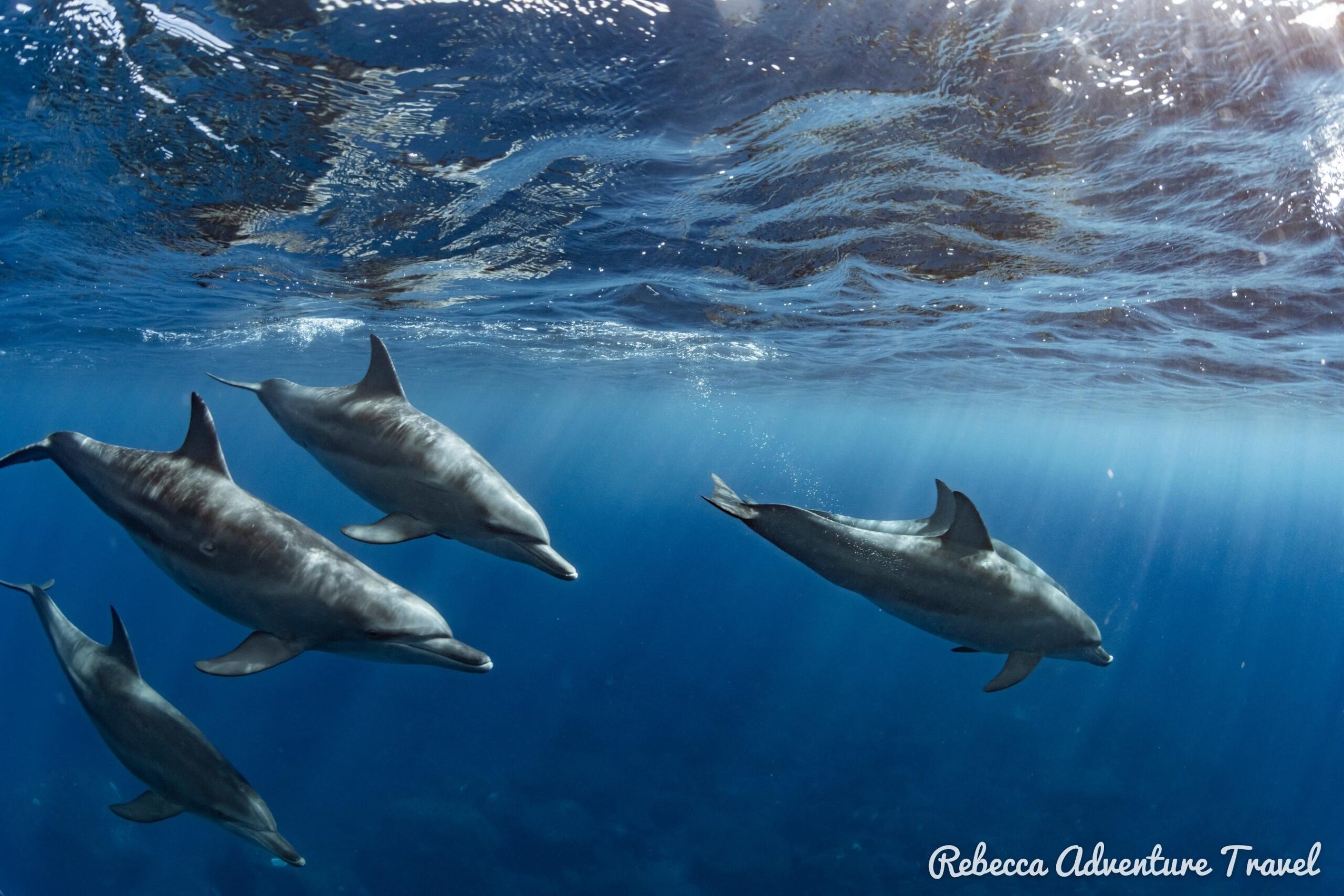
Whale shark
The whale shark can reach approximately 13 meters in length. You can see this impressive sea creature in the depths of Darwin and Wolf Islands, in the north of the archipelago. Despite its enormous size, the whale shark is a docile fish that allows it to be admired by divers as it travels through the waters of the Galapagos.

Hammerhead shark
This migratory species travels in search of reefs with cleaning fishes. In the northern islands, it is common to see many hammerhead sharks. Therefore, the Galapagos Marine Reserve is an important refuge for the protection of marine life where hammerhead sharks can fulfill their vital functions.

Manta rays
Additionally, there are an infinite number of species of rays. None of them are dangerous, with the exception of stingrays, which in some beaches rest under a layer of sand in shallow waters and could inflict a painful sting if stepped on.
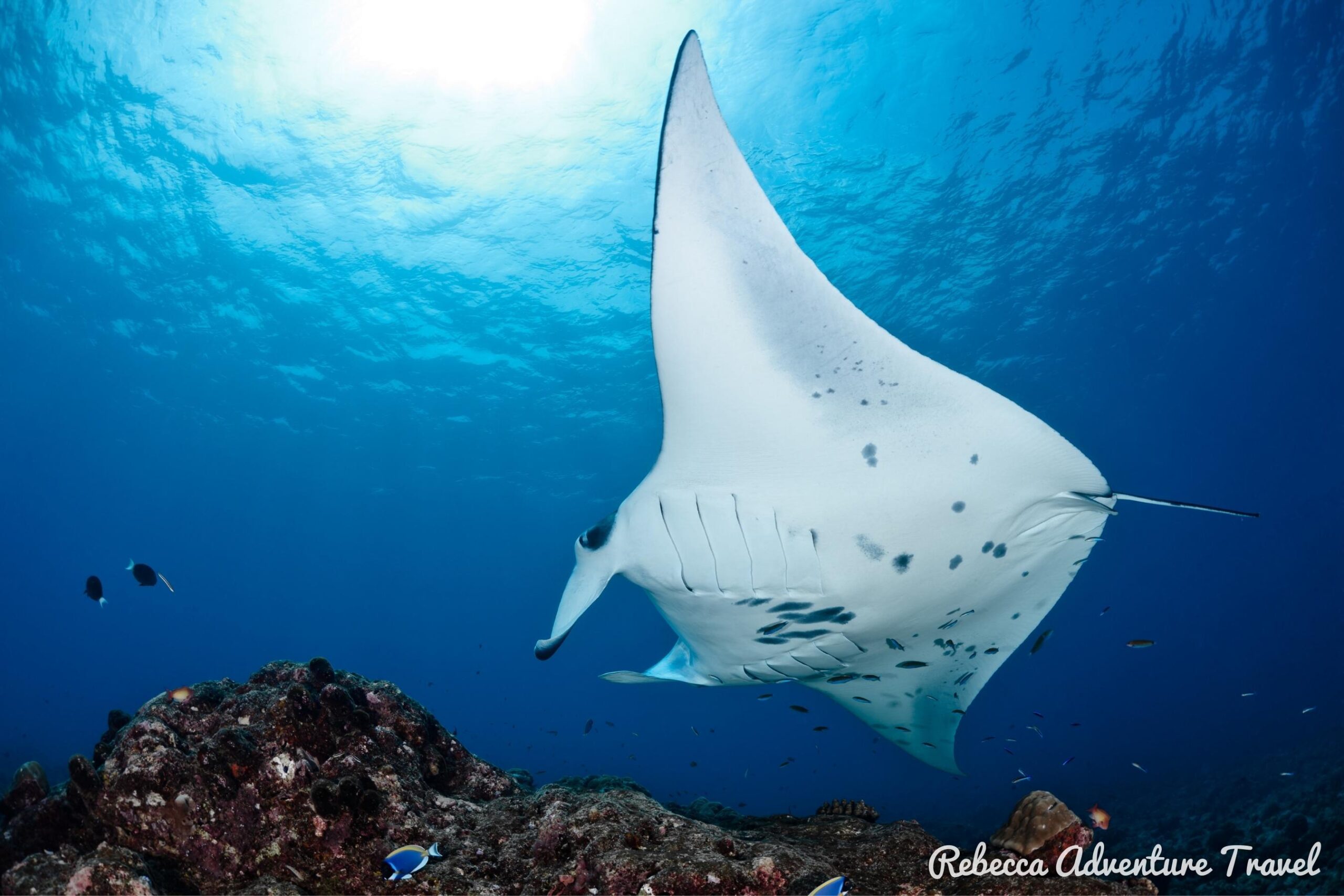
Penguins
Finally, the Galapagos penguin is one of the smallest penguins in the world and is endemic to the islands. It is the most northerly occurring penguin species, nesting entirely in the tropics, with some colonies living on the northern tip of Isabela in the Northern Hemisphere. As with all penguin species, they are extremely agile underwater, reaching speeds of 35 km per hour when hunting.
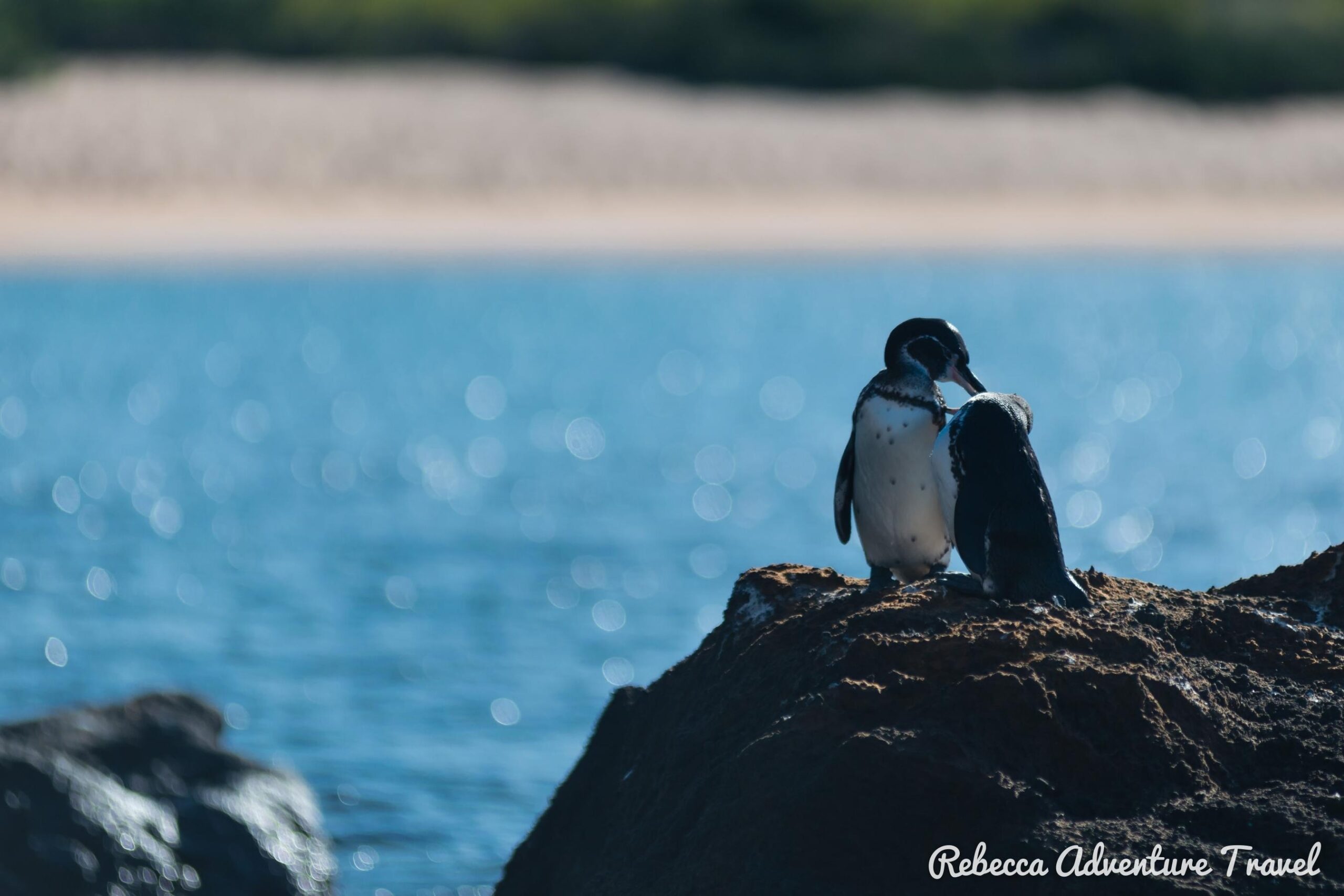
In conclusion, the Galapagos Islands are a sanctuary for migratory species that find in these waters a highly protected place to live. Consequently, it is a Natural World Heritage Site by UNESCO. This is because it presents unique characteristics such as tropical, subantarctic ecosystems and marine outcrops.
It is also one of the seven wonders of the underwater world by the international oceanographic organization CEDAM. So, what are you waiting for to visit the Enchanted Islands? If you want to discover the treasures of the sea in the archipelago, please, contact us! Our destination experts are looking forward to speaking to you.
Did you like this blog? You might also like:




